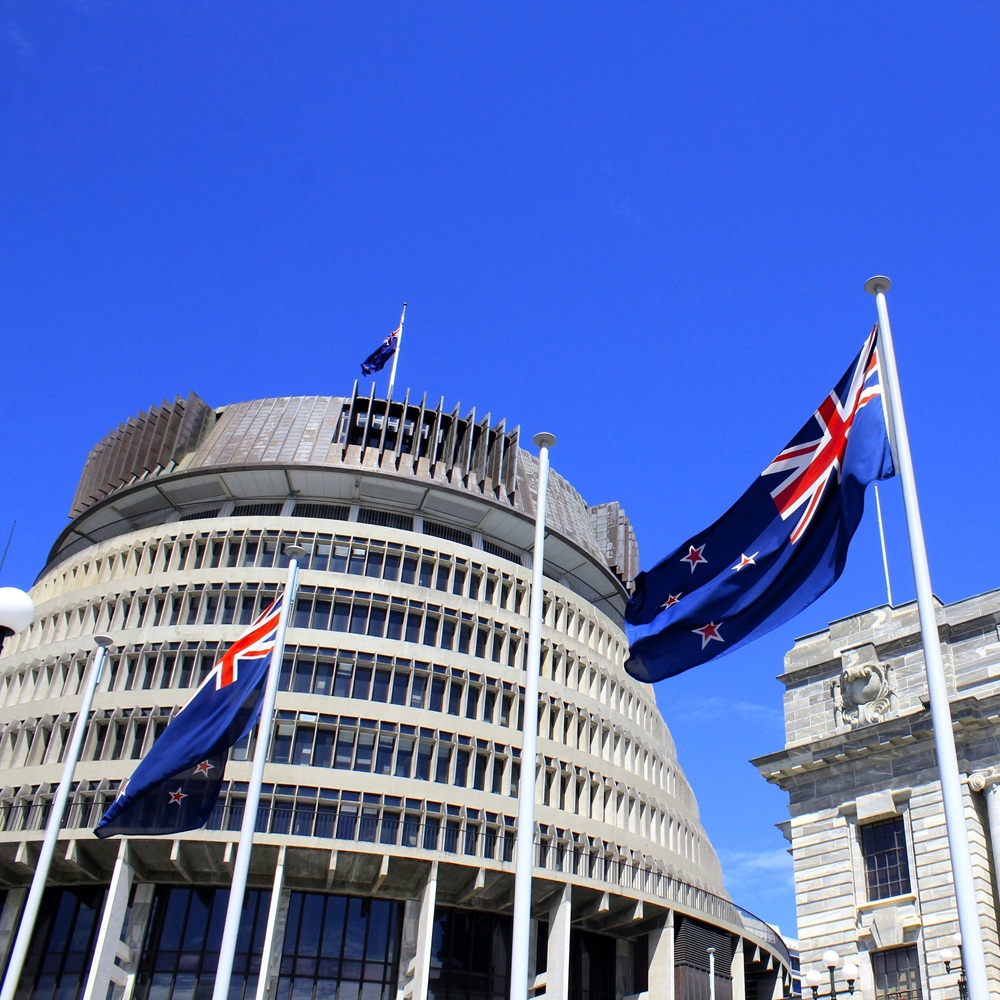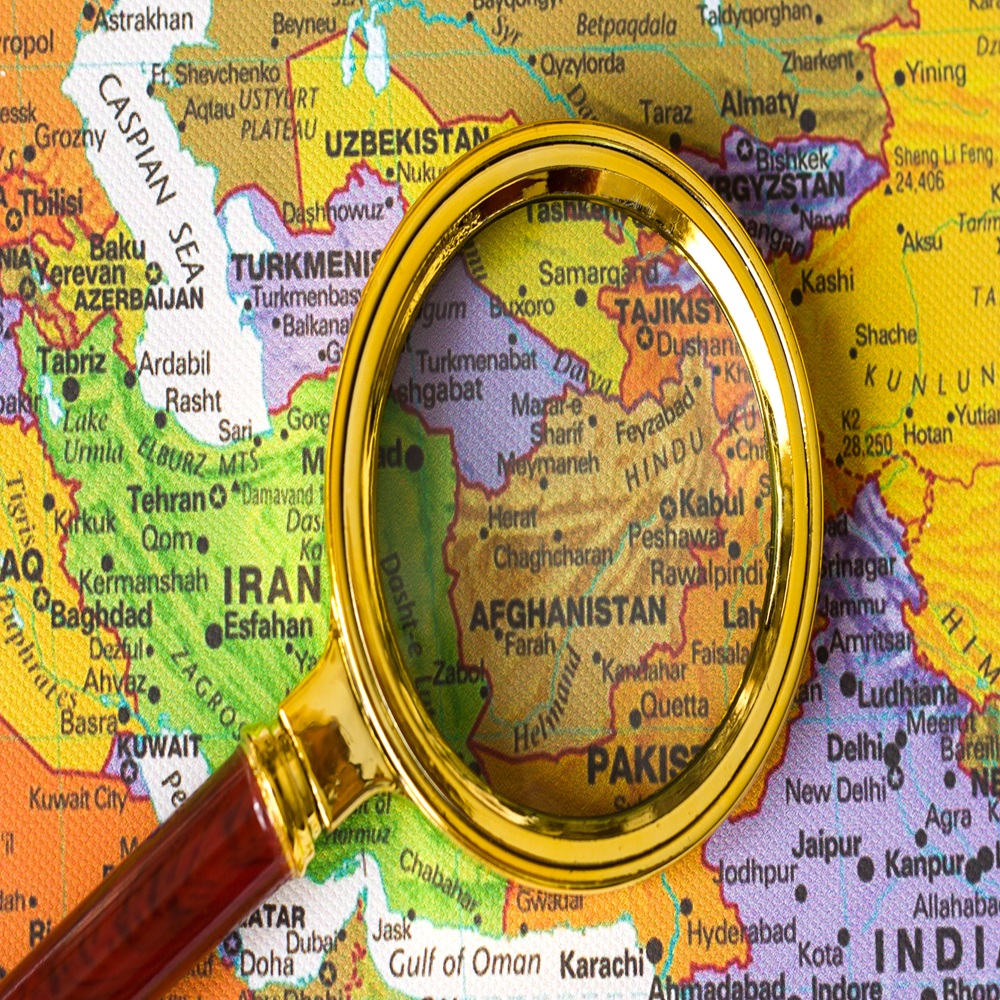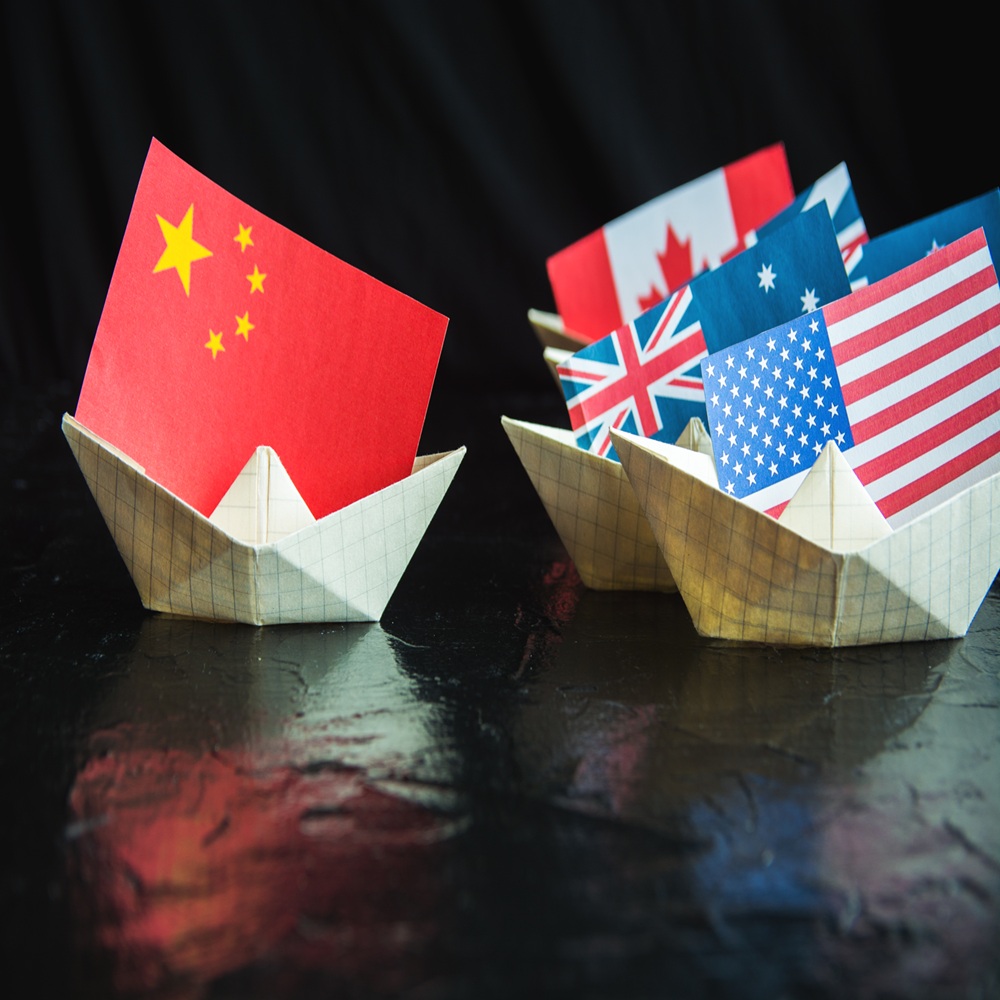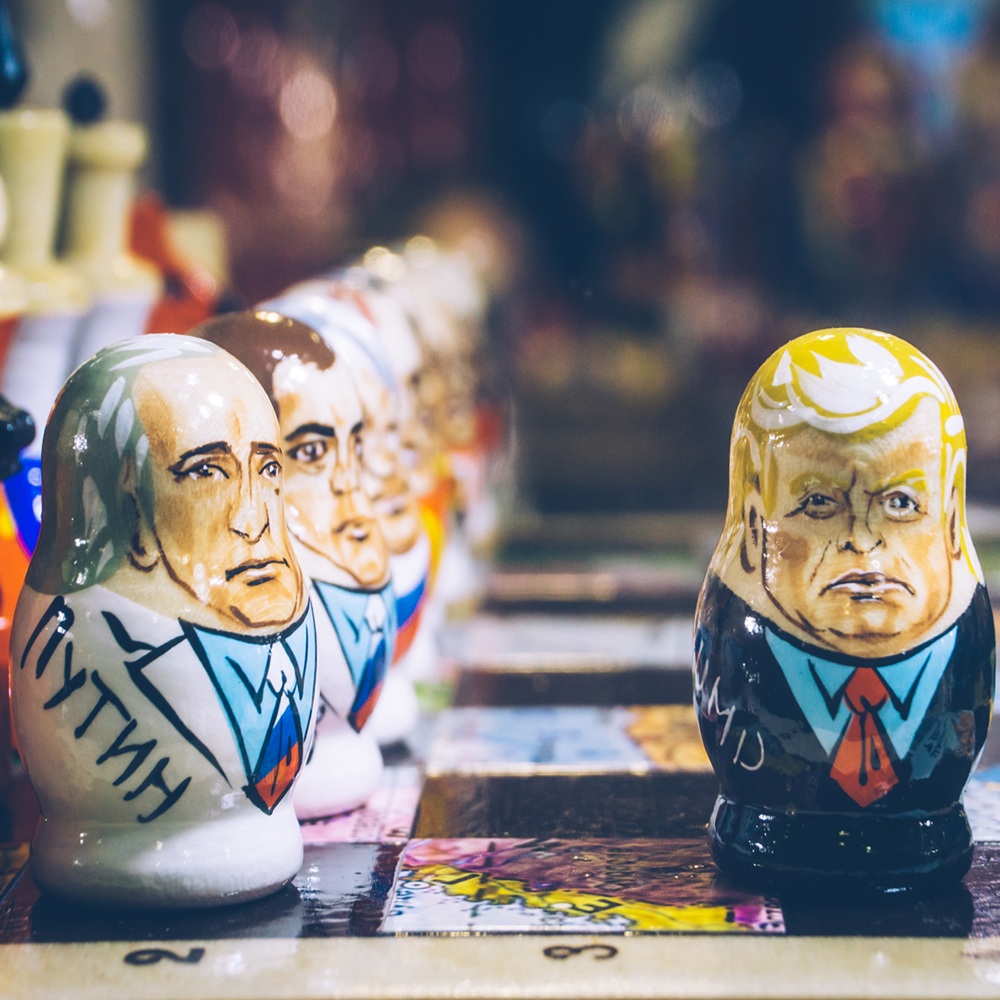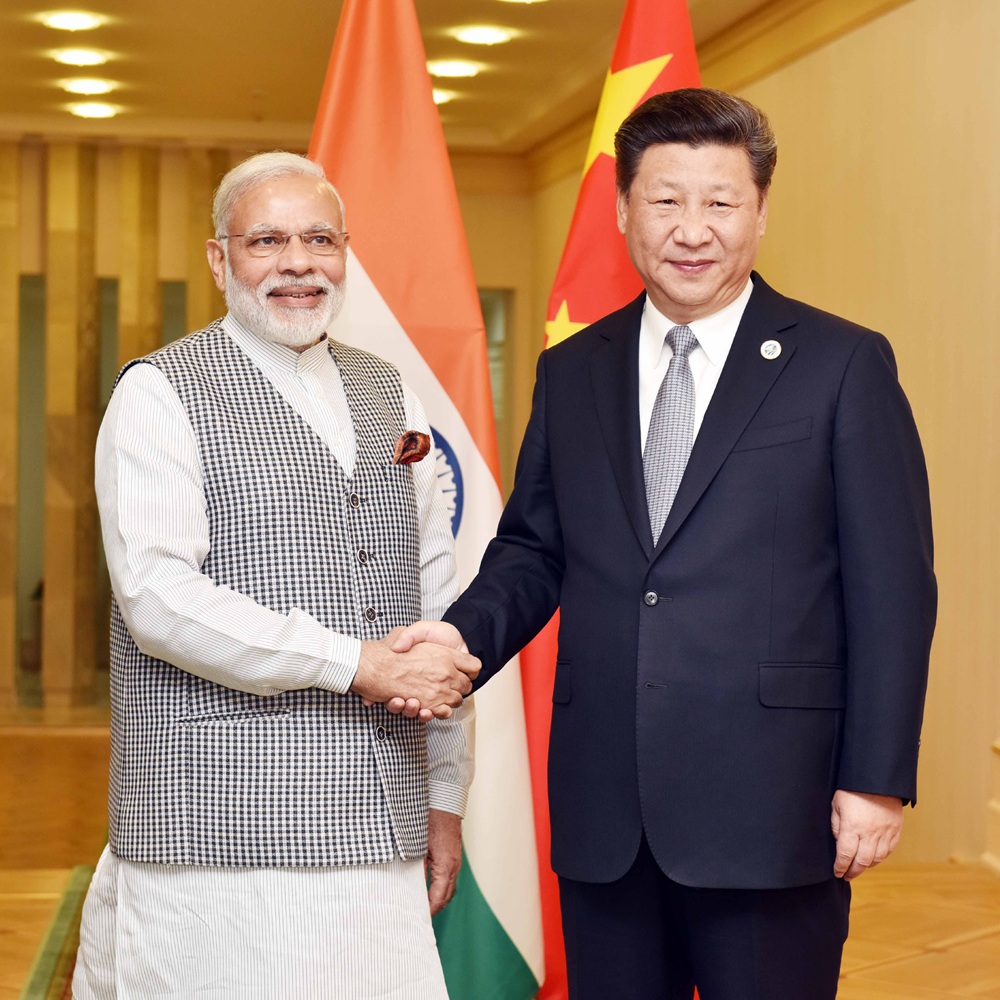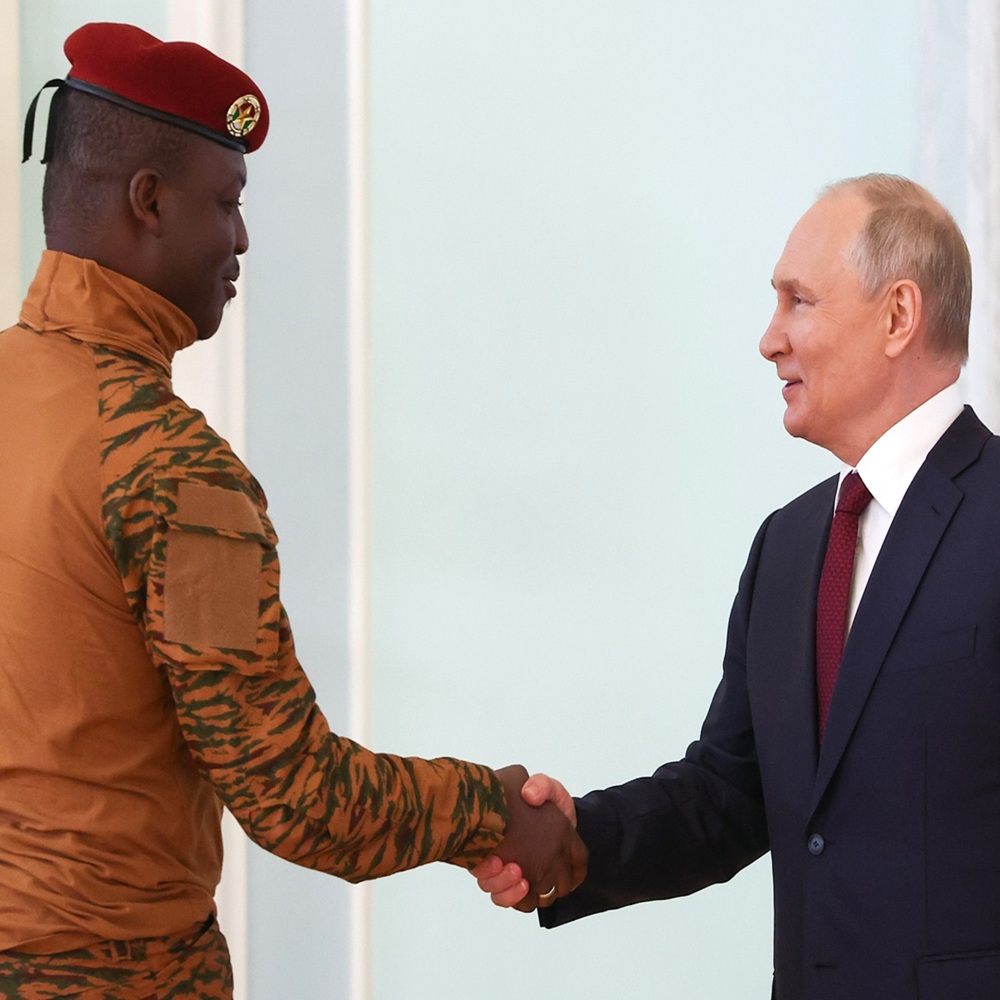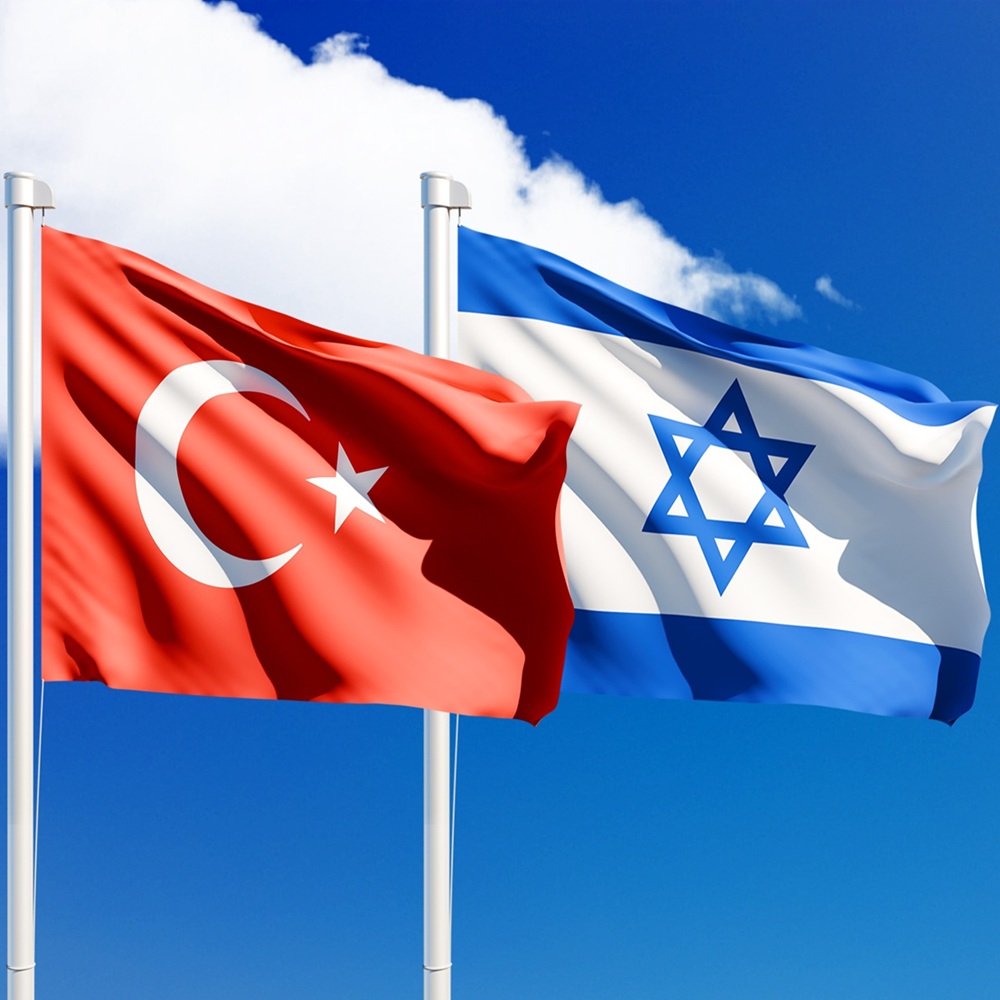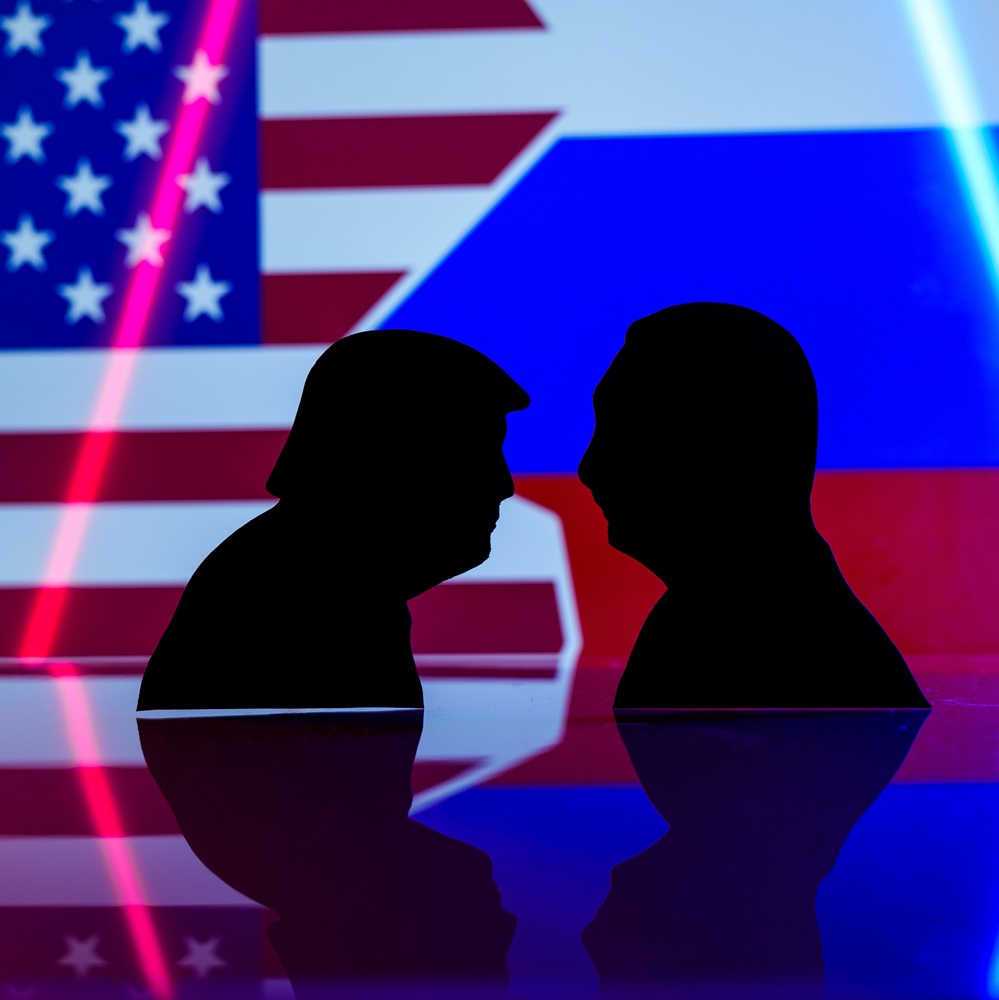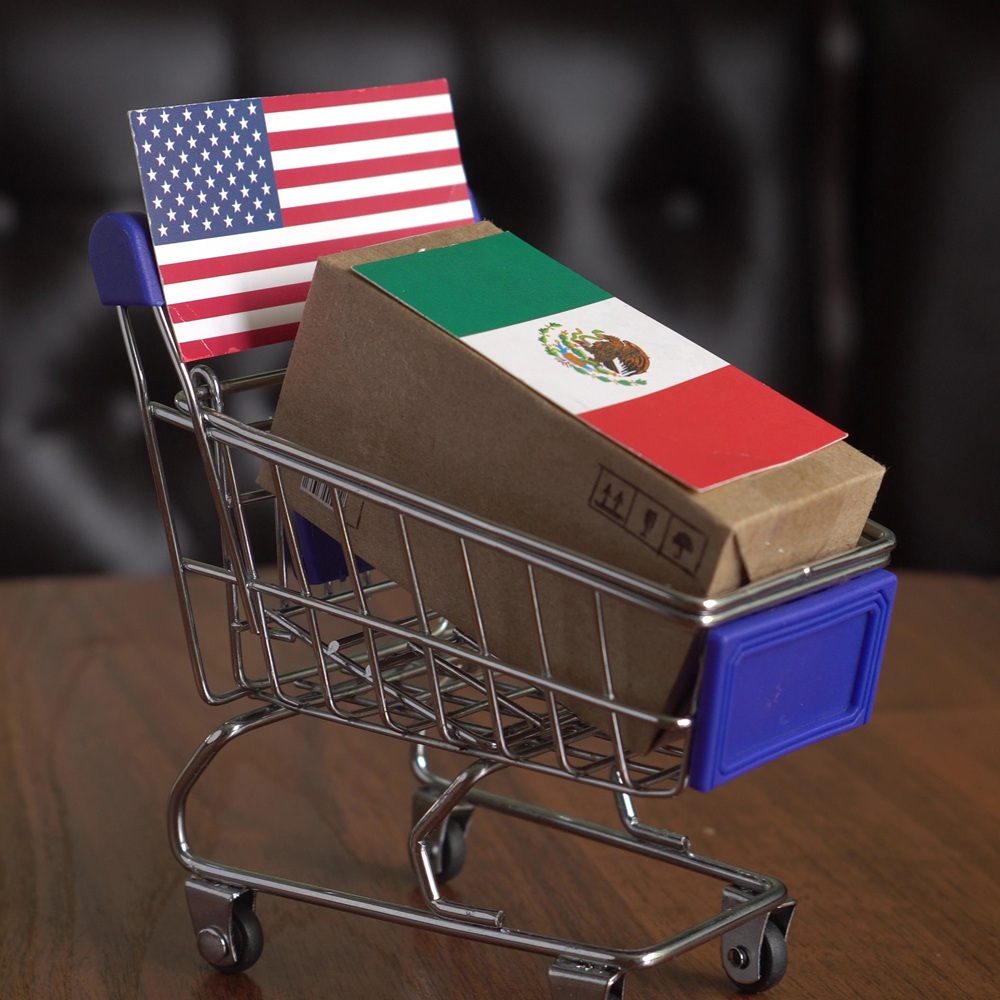
Faced with Trump’s tariffs − and crackdowns on migration and narcotrafficking − Mexico is weighing retaliatory options
by Scott Morgenstern
한국어로 읽기 Leer en español In Deutsch lesen Gap اقرأ بالعربية Lire en français Читать на русском Donald Trump has made clear his intent to supercharge his “America First” approach to foreign policy in his second term – and Mexico looks set to be at the tip of the spear. While many of Trump’s predecessors have also followed a “realist” strategy – that is, one where relative power is at the forefront of international relations, while diplomatic success is viewed through how it benefits one’s own nation – the incoming president has displayed an apparent unwillingness to consider the pain that his plans would inflict on targeted countries or the responses this will engender. Trump’s proposed policies threaten Mexico in three key ways: First, his goal of deporting millions of migrants would put tremendous pressure on Mexico’s economy and society as the country tried to absorb the influx. This would be exacerbated by his second threat, a sharp increase in tariffs, which could devastate the critical export sector of Mexico’s economy. And third, Trump has floated the idea of using U.S. military power to confront narcotraffickers within Mexico, which would directly impinge on Mexico’s sovereignty and could generate more violence on both sides of the border. But as a scholar of Latin American politics and U.S.-Latin American relations, I see several options that Mexico could use to push back on Trump by imposing high costs on U.S. interests. Indeed, Mexican President Claudia Sheinbaum has already signaled how she may counter Trump’s policies. The most obvious tools are ending cooperation on drugs and immigration and imposing tariffs of her own. She could also revoke some of the decades-old tax and labor privileges that have benefited U.S. businesses operating within Mexico. And finally, she could play the “China card” – that is, in the face of worsening U.S.-Mexico ties, Mexico could turn to Washington’s biggest economic rival at a time when Beijing is seeking to assert more influence across Latin America. From conciliation to confrontration Of course, a worsening relationship is not inevitable. During Trump’s first term, Mexico’s then-president, Andrés Manuel López Obrador, maintained a constructive relationship with the U.S. administration. In fact, Lopez Obrador was surprisingly cooperative given Trump’s at times hostile rhetoric toward Mexico. For example, he helped facilitate the Trump administration’s “Remain in Mexico” program for those seeking asylum in the U.S. and also accepted Trump’s demands to renegotiate NAFTA and give it a title reflecting U.S. leadership: the United States-Mexico-Canada Agreement, or USMCA. Sheinbaum, who took office on Oct. 1, 2024, started with a cautious approach to her relationship with Trump. She congratulated Trump on his victory and urged dialogue with the incoming U.S. president. “There will be good relations with the United States. I’m convinced of that,” she told reporters on Nov. 7, 2024. But Trump hasn’t been conciliatory. In addition to talk about dumping millions of immigrants across the border, he announced on social media on Nov. 24 that he would impose a 25% tariff on Mexican and Canadian goods – a move that would effectively abrogate the USMCA. That post seemingly ended Sheinbaum’s cautious approach. In a strongly worded response, the Mexican president cautioned that she would respond in kind. A trade war, she noted, would harm the economies of both countries; progress on immigration and drug trafficking required cooperation, not threats, she added. The impact of tariffs Sheinbaum has said she wants to avoid a trade war, but Trump’s threats have led her nonetheless to talk about how a trade war would begin. This trade war, plus other costs Sheinbaum could impose on U.S. investors, would also likely foment a coalition of opposition within the U.S. business community – a group that has been a key ally of Trump. Trump’s stated goal of putting high tariffs on goods coming from Mexico is to encourage businesses that currently exploit lower employment costs in Mexico to relocate to the northern side of the border. But that approach ignores the impact that retaliatory tariffs and investment controls would have on U.S.-based companies that rely on the Mexican market. It would have several negative effects. First, a tit-for-tat tariff war would generate inflation for U.S. and Mexican consumers. Second, it would disrupt the integration of markets across North America. As a result of the elimination of tariffs – a key component of both NAFTA and the Trump-era USMCA – markets and the production of goods across North America have become highly interconnected. The trade treaties severely reduced barriers to investment in Mexico, allowing significant American investment in sectors such as agriculture and energy – where U.S. companies were formerly prohibited. Further, manufacturers now rely on processes in which, for example, the average car crosses the border multiple times during production. Similarly, agribusiness has developed symbiotic practices, such that grains, apples and pears are predominantly grown in the United States, while tomatoes, strawberries and avocados are grown in Mexico. Given these processes, the U.S. now exports over US$300 billion of goods and services per year to Mexico, and the stock of U.S. investments in Mexico reached $144 billion in 2023. If Trump abrogates the trade deals and imposes tariffs, he might convince investors to spend their next dollars in the U.S. But if Mexico imposes tariffs, business taxes or investment restrictions, what would happen to investors’ farms and factories already in Mexico? Past experience suggests that any disruption to supply chains or U.S. export markets would awaken strong business opposition, as analysts and business groups have already recognized. Trump is not immune to pressure from U.S. businesses. During his first administration, companies successfully opposed Trump’s attempt to close the border, arguing that slowing the flow of immigrants also meant slowing trucks full of goods. Security and immigration On the issue of the border and immigration, while Trump has issued threats, Sheinbaum has stressed the importance of cooperation. Currently, the Mexican government expends significant resources to patrol its own southern border, not to mention dealing with the many potential migrants who gather in its northern cities. Mexico could demand more support from the U.S. in exchange for this work, plus the costs associated with welcoming back the estimated 4 million Mexicans who are currently in the U.S. without proper documentation. The deportation of undocumented immigrants that Trump has repeatedly promised will require other types of cooperation, such as processing border crossings, and Mexico could slow-walk this process. Mexico has already signaled that it will withhold processing of non-Mexicans. The two countries have a history of collaboration in addressing the illegal drugs trade – but here too there have also been tensions. Toward the end of Trump’s first term, for example, a Mexican general was arrested in the U.S. on drug charges. After a diplomatic uproar, he was returned to Mexico and released. In late November, Sheinbaum noted that she and Trump had discussed security cooperation “within the framework of our sovereignty.” But Trump’s campaign rheotric seemed less concerned with Mexico’s sovereignty, floating the idea of sending troops to the border or even deploying them within Mexico to counter narcotraffickers. That would clearly enrage Mexico, with consequences that would extend far beyond a willingness to cooperate on the issues of drug trafficking. A chance for China? One country that stands to benefit should U.S.-Mexican relations deteriorate is China – an issue that Mexico could exploit. China is now the first or second trading partner with nearly every country in Latin America, including Mexico. The value of U.S.-Mexico trade is over $100 billion a year, but the growth of Chinese imports into Mexico has been limited somewhat by rules-of-origin provisions in NAFTA and the USMCA. A U.S.-Mexican trade war could weaken or end any incentive to keep Chinese goods out. Further, if the doors to the United States are narrowed through tariffs and hostile rhetoric, China’s car parts and financial services would clearly become even more attractive to Mexican businesses. A U.S.-Mexican trade war, in short, would augment Beijing’s access to a market on the U.S. border. A coalition of the concerned? In sum, if Trump goes through with his threats, the result will be costs to consumers and businesses, plus a new opportunity for China. This is likely to foment a coalition of industries, investors, consumers and foreign policy experts concerned with China – many parts of which supported Trump’s campaign.









